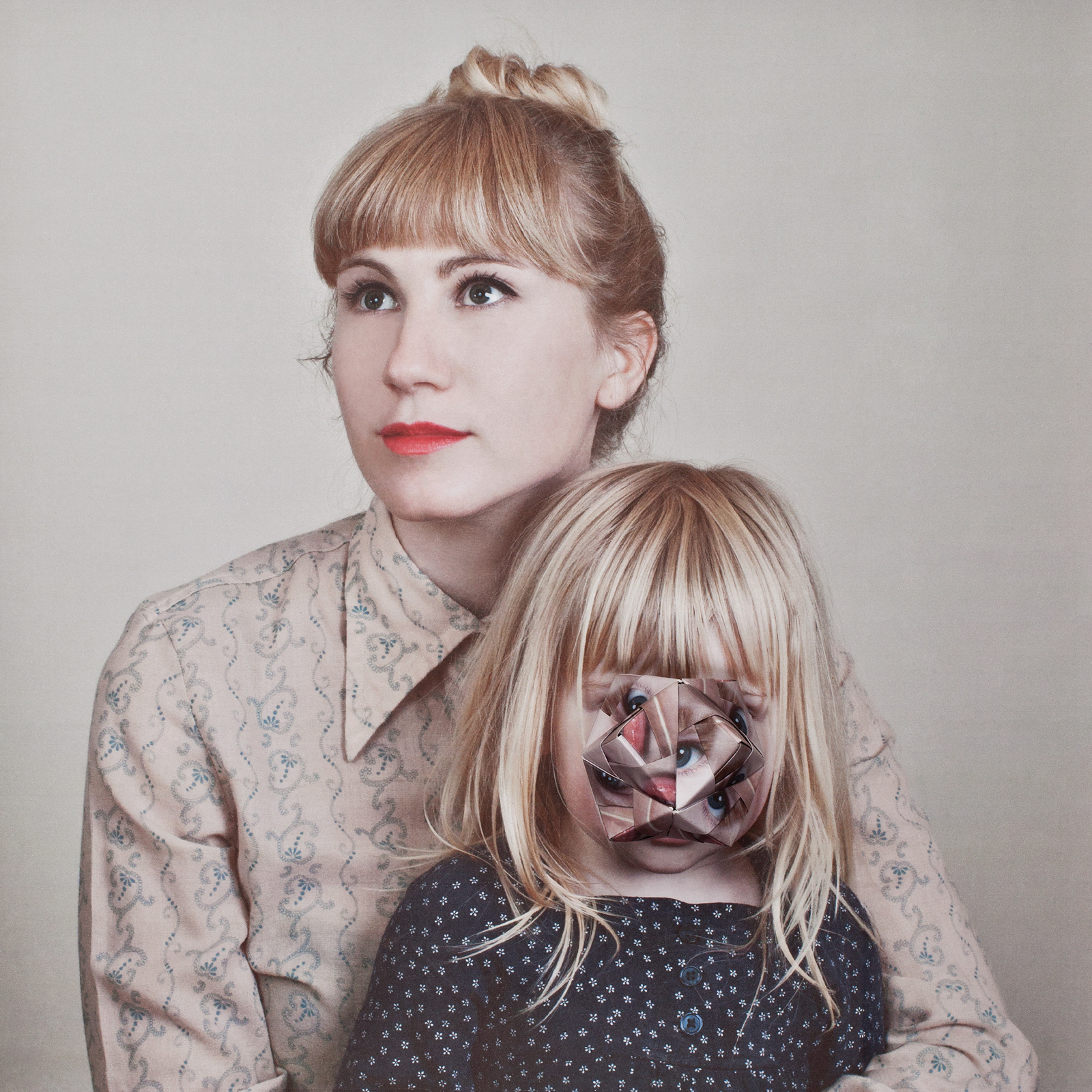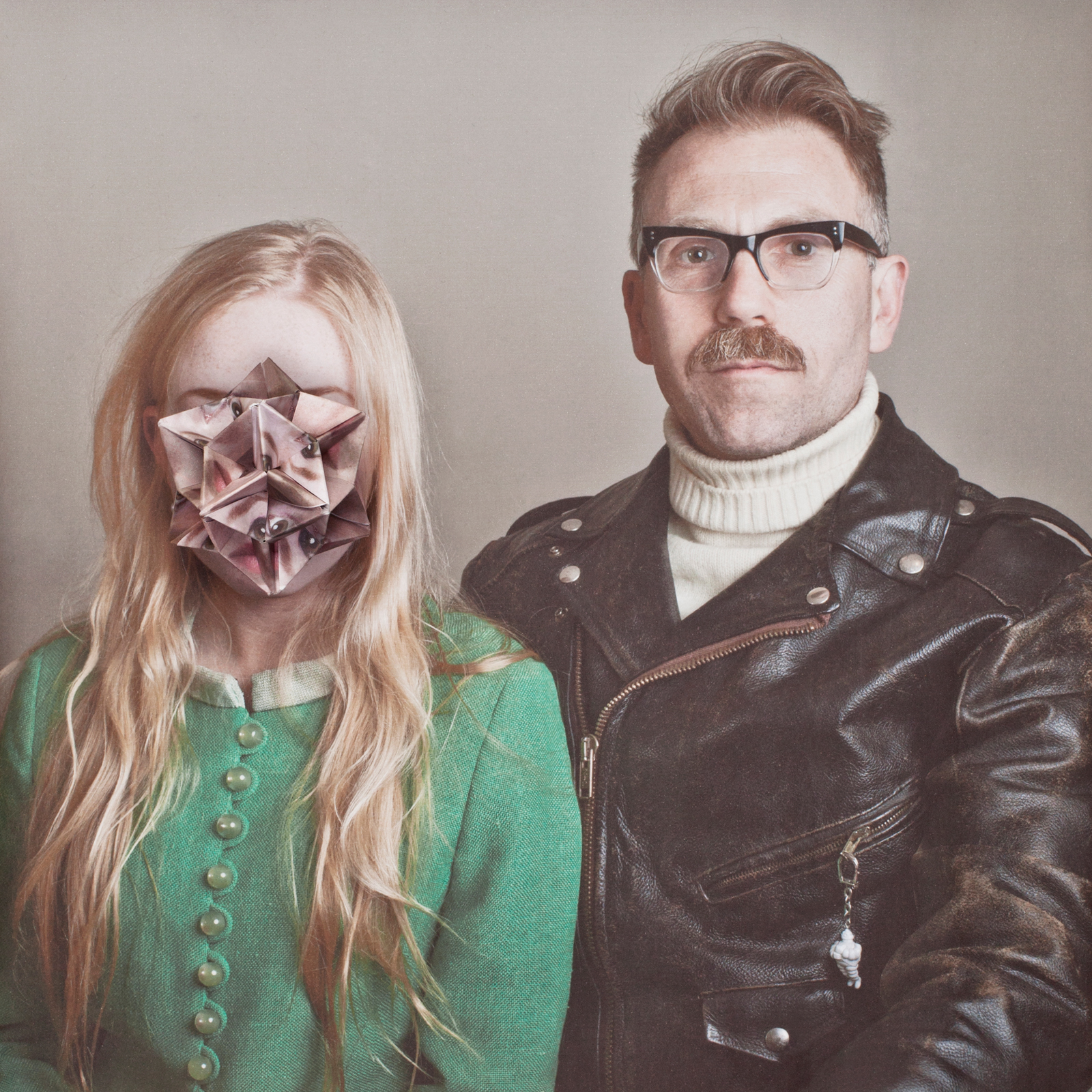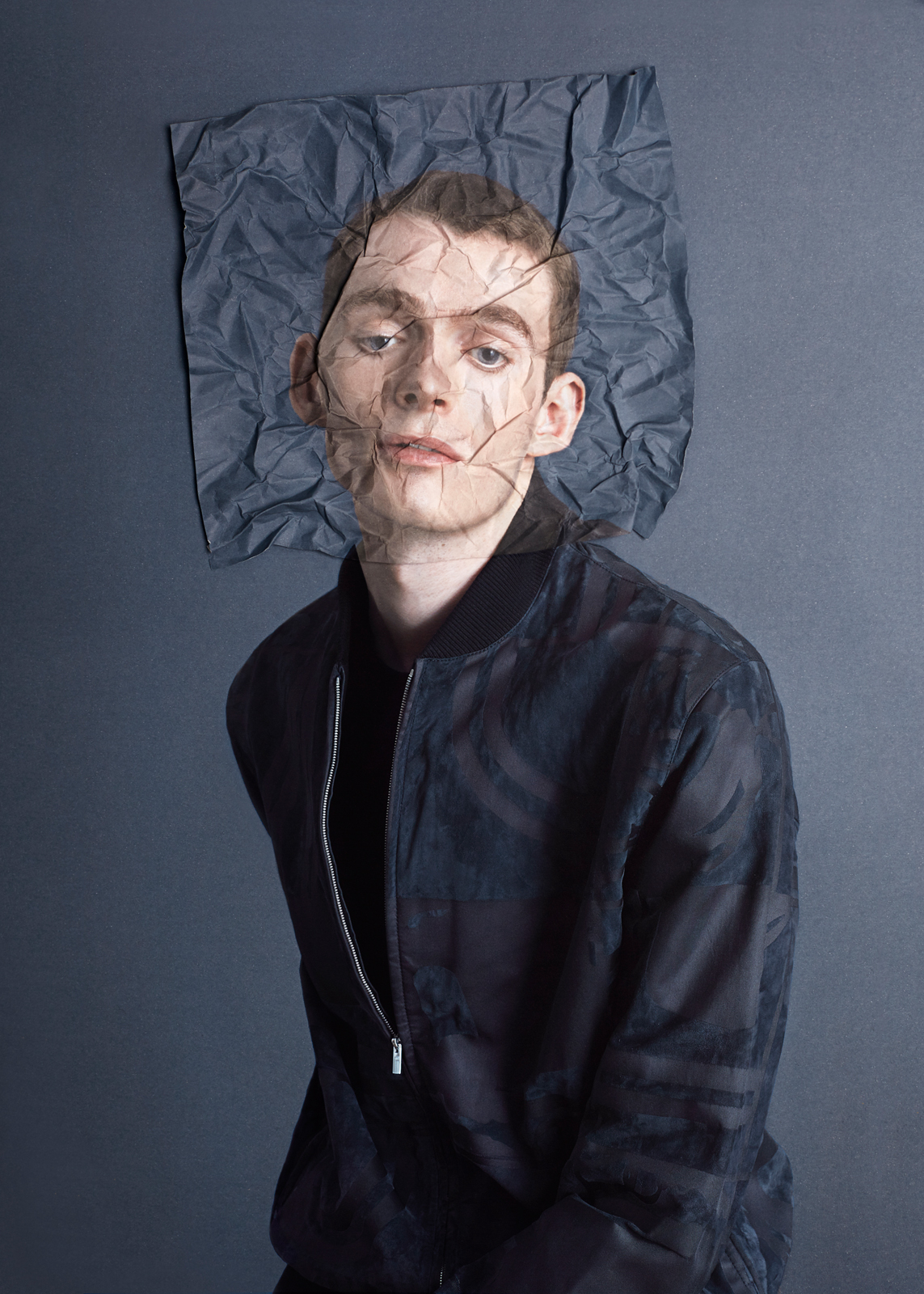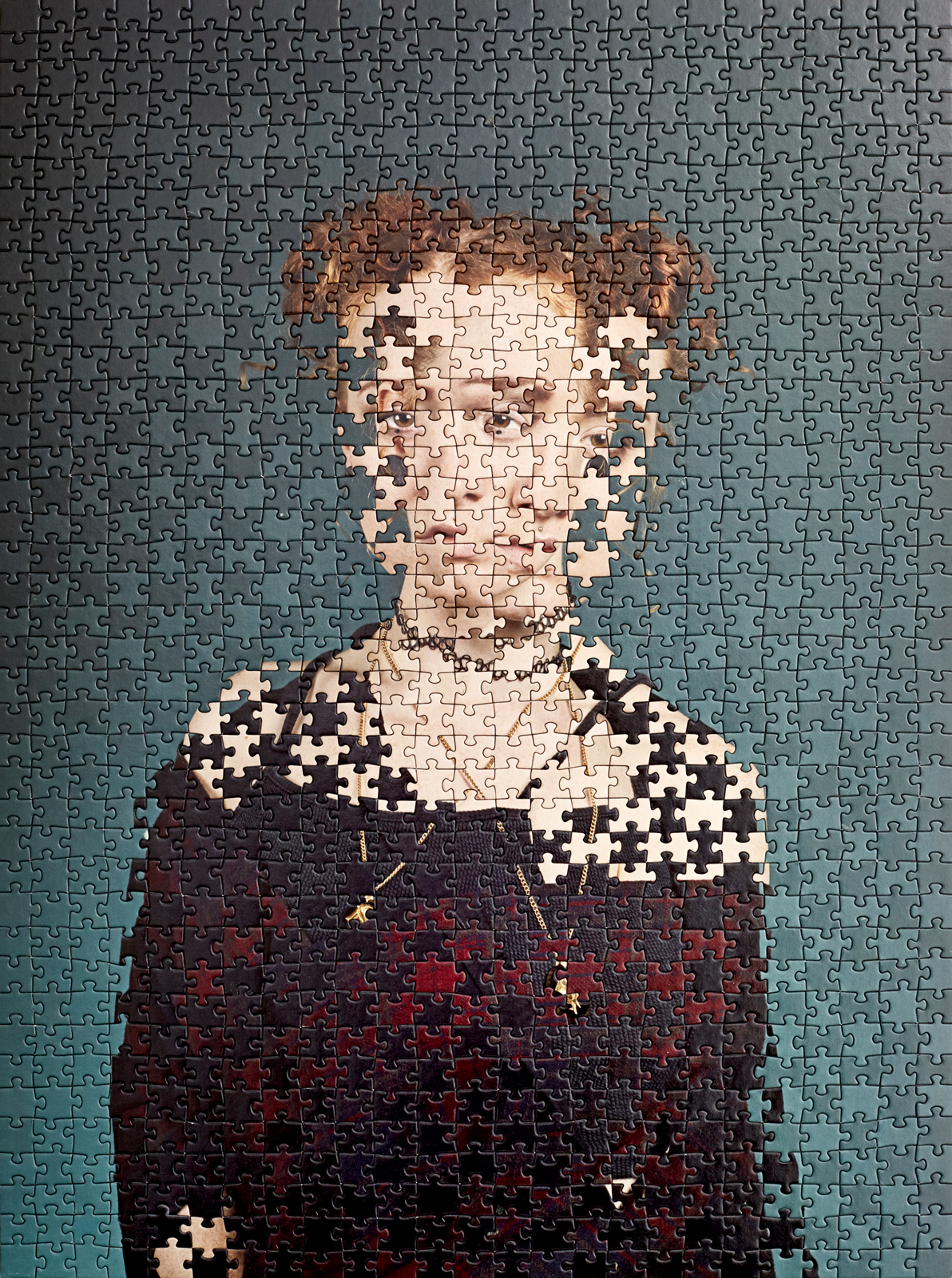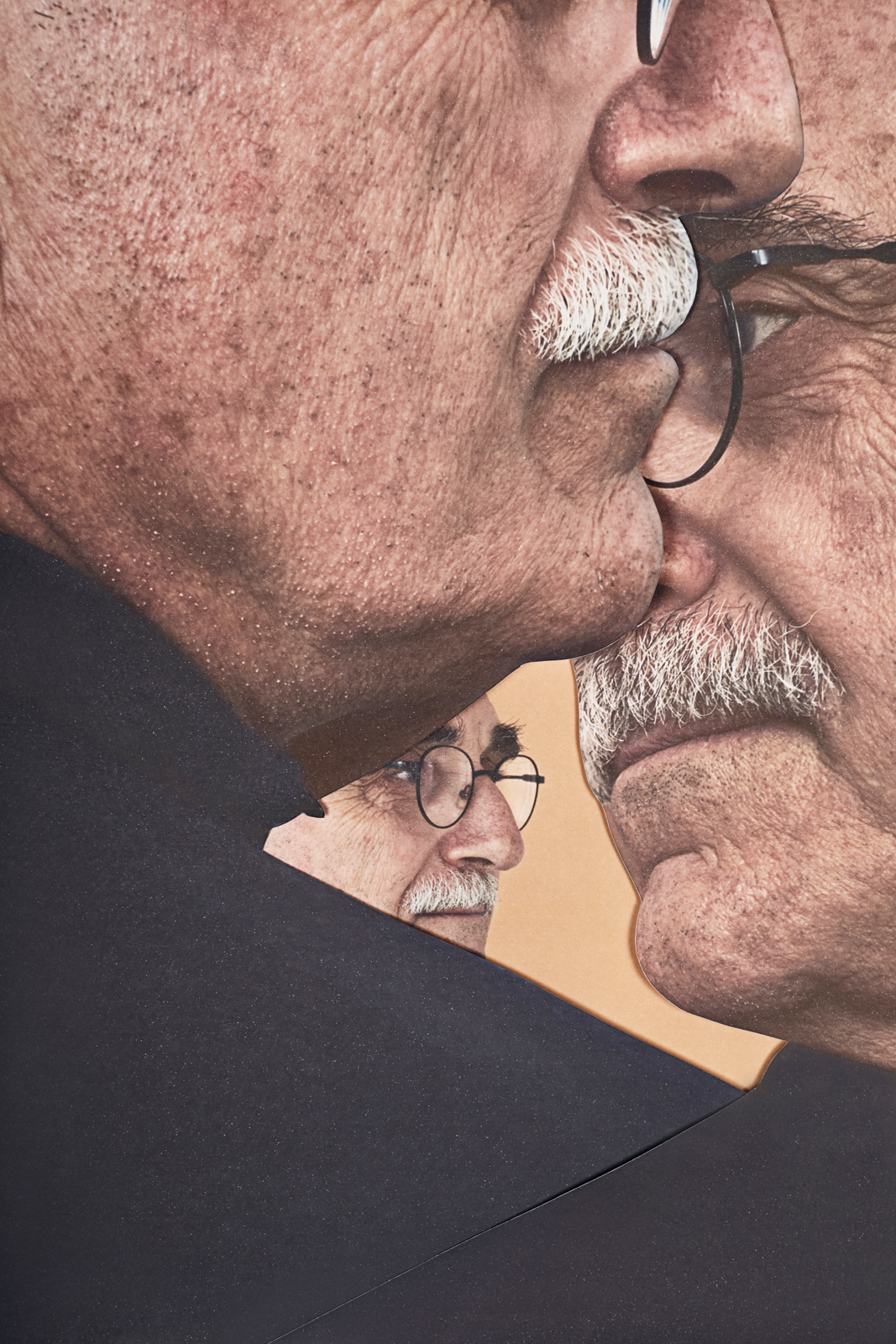ALMA HASER - PORTRAITS WITH A TWIST
PORTRAITS WITH A TWIST
Only graduating as a fine art photographer in 2010, Alma Haser has already won multiple awards for her work, which offers a whole new spin on the ancient art of portraiture. In addition to being a master with the camera, she is a master in origami, the Japanese art of paper folding.
Alma, where are you originally from and where do you spend most of your time these days?
I was born in the Black Forest in Germany, and lived there until I was six, when we relocated back to my mother’s home in England. I now live in Hastings, on the southeast coast of England. This is where I work too. Here I have my studio and spend most of my days. One or two days a week I work in London.
What and where did u study?
I studied Photograph in Art Practice at Nottingham Trent University. I graduated in 2010. Feels like ages ago!
I read your parents are creative people too. What do they do? And I assume they have always been supportive of you taking a creative path?
Yes, they are both artists. My father is a painter/sculptor and my mother, when we were living in Germany, was doing pottery, but since has moved on to first mixed media and then photography, which inspired me I think. Today she has her own flower farm, where she grows her flowers and creates amazing floral creations. My mother and father used to take turns to watch over me and my brother when we were kids. We were born and grew up in an old match stick factory, and were always surrounded by creativity. So I can imagine it has rubbed off on me.
When and how did you first start taking photographs?
My first ever camera was a Box Brownie, which I was given when I was about seven. I used to set up scenes with my dolls and photograph them. And at this point my mother was doing photography and had a darkroom, which I found extremely interesting, and used to develop my own pictures.
As an artist, you always seem to make portraits. Yet, you then tend to distort them in such a way that they are no longer really portraits. Is there some kind of deeper philosophy behind that? Or are you secretly a very dark person who wants to deform people?
Ha ha, yes, I know! And I only really started taking portraits like this after I graduated. Maybe that is how I felt after leaving the educational institution. I think for me it is really about my fascination for people, and what we don’t see or notice at first glance.
By hiding the very thing we relate to, the face, it forces us to work harder to understand the person, to try and figure out who they are. I like the unease it creates too. My work has often been described as dark, but playful, and I like this idea.
For Cosmic Surgery you use origami to hide your subjects’ faces. Can you explain what origami is, and how you got interested in it?
Origami is shapes and sculptures folded out of paper. For my graduation project I actually used origami to tie the series together. The pictures were all scenes, in which people where either folding or surrounded by origami shapes, which were part of a short story accompanying the pictures. That is what first started my obsession with origami, I think. That and my love for Japanese culture general.
With Cosmic Surgery I wanted to explore more sculptural origami structures, and try and find a way to almost turn them into a mask for people to wear. I played with the mask idea for a while but then found I could also just photograph the sitter, print their picture, manipulate their face into an origami shape, and then place the shape on their portrait to re-photograph.
“By hiding the very thing we relate to, the face, it forces us to work harder to understand the person, to try and figure out who they are.”
In Within 15 Minutes you hide your subjects, who are all twins, by using a jigsaw puzzle. Why’s that?
The project is not really about hiding the twins, although I guess you can see it as that. But its more about combining them. I have photographed sets of identical twins, then turned them into 1000 piece puzzles with the same die-cut, making them identical. I then swap every other piece of each puzzle, which in turn distorts their portraits, but also makes them half and half of each other. It is the exact way they first started: the embryo splitting and dividing half and half. Only this time with the puzzles I am making them almost unique again.
Another project is called Twins, yet the subjects are not, at least not physically. Why “Twins”?
Yes, this was at a time when I was hugely fascinated by twins, but had seen so many projects out there on identical twins that I wanted to make something a little different, but also capture the closeness and special bond that twins have. I used two people who both had amazing afro’s, yet they were not related and didn’t even know each other before the shoot. But as soon as I got them to interact as a pair they became exactly what I was hoping for! They became twins! My own fictional twins!
You do commercial work as well? Or only fine arts?
I do a lot of album artwork and editorials, but only things that allow me to stay creative. I am now becoming more and more known for my paper techniques, which is great so I don’t have to say no to that many things.
I love dogs and I love your dog portraits. They look so “human”. However, they also look very still. And I don’t think they were, at all, when you photographed them. How did you manage? Did you have the dog’s owner standing behind you with a sausage?
Ha, they say never photograph dogs of children. But I love photographing both dogs and children! It’s just a different process. You have limited time and have to be a bit more aware of how they are feeling. Dogs can sit really still, but I may be a little bit of a dog whisperer. I prefer to have the owners out of the way, so it is just me and the dog, and the treat. In that way I can control where they look, and you want to have the least possible distraction for the dogs. Owners tend to want their dog to perform and be perfect, and they get annoyed when they don’t get it straight away. But it takes time, quiet and patience. It also helps that I love dogs!
What projects are you currently working on?
Within 15 Minutes is a still ongoing project. I am finding more identical twins to photograph. And I also have a series called Pseudo that I am slowly working on, which is a play on fake news and reality, using plants and paper - of course. It is playing on the idea of what is real and what is not.
What does 2018 have in store for Alma Haser?
Lots I hope! New work, new shows, new awards. I have a feeling 2018 is going to be a good year!
INTERVIEWED BY PETER SPEETJENS


